Gardening for the First Time: What You Need To Know can be an exciting adventure. Whether you’re looking to plant a vegetable garden or add a few colorful blooms to your yard, starting from scratch feels overwhelming at first. In this guide, I share gardening basics for novices, tips, and advice for newcomers that will help you focus on what you need for gardening success.
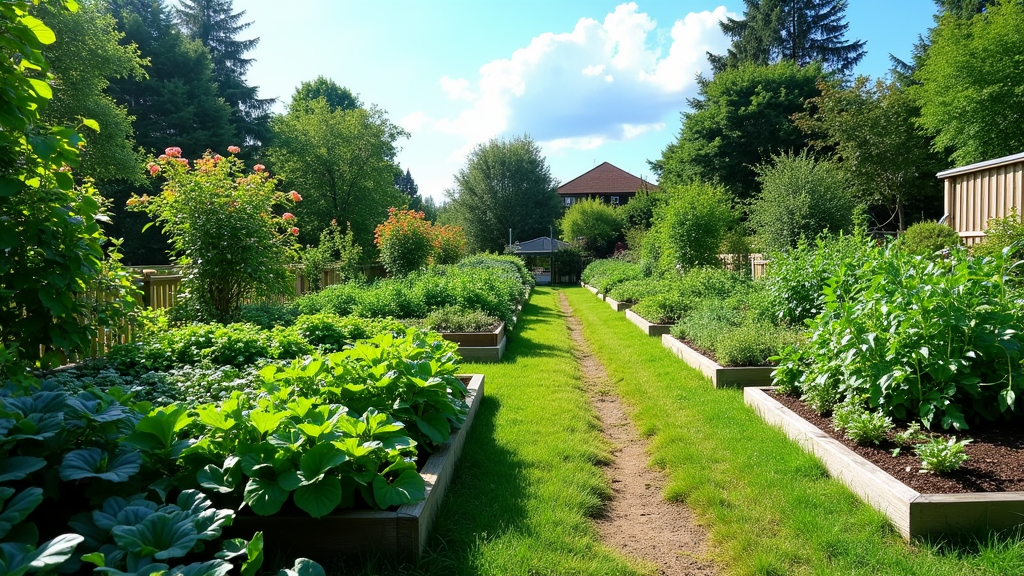
Essential Tools and Supplies for Beginner Gardeners
Gardening for beginners is all about starting with the right equipment. A good set of beginner gardening essentials includes basic tools to help you work the soil, plant seeds, water your garden, and take care of growing plants. Essential gardening tools for beginners usually include a sturdy spade, a hand trowel, pruning shears, and a reliable watering can. These tools not only make your garden work easier but also help prevent injuries when you’re working outdoors.
Investing in quality tools can transform your first gardening experience. While you can find affordable options, sometimes choosing a tool that may last many seasons saves money and improves comfort for extended gardening sessions. Beginners might consider exploring tool sets that bring together multiple useful items so that every aspect of gardening is covered. Using this equipment will help you feel confident while you learn the basics of how to start gardening.
Along with the basic tools, don’t forget to pick up maintenance supplies like gardening gloves, a wheelbarrow if you have lots of soil to move, and a good pair of kneepads. These essentials help create an environment for a more enjoyable and productive experience in the garden.

Getting Started With Your Garden
Before planting a single seed, the first step is to plan. Answering the question, “What should I do first in my garden?” helps shape your entire gardening strategy. Begin by evaluating your available space, choosing a location with plenty of natural sunlight, and organizing a basic layout of your garden beds or containers.
For a beginner, a raised garden bed or container garden is often ideal. This approach minimizes soil compaction and makes managing water and nutrients easier, especially if you’re starting a garden for the first time. Here’s a clear guide to getting your garden off the ground:
- Assess Your Space: Look at your garden area. Identify spots that receive at least six hours of sunlight per day, as most vegetables and flowers need that much light.
- Plan Your Layout: Sketch a plan of your garden. Decide where you’ll place each plant and structure. This plan will help you figure out what you need to buy and how to arrange your garden for proper spacing.
- Prepare the Soil: Good soil is key to success. For beginners, adding compost or organic matter to your garden soil makes for healthier plants. Often, a blend of loamy soil enriched with compost works best for novice gardeners.
- Select Your Plants: Choose plants that are easy to maintain. Herbs, lettuces, tomatoes, and marigolds usually do well even for those with minimal gardening experience.
- Organize Your Tools: Have your tools and supplies within reach. This not only saves time but also keeps your garden tidy, helping you stay motivated as you work.
Starting with these steps ensures you have a strong foundation for your garden. Whether you have a large backyard or a small balcony, careful planning makes all the difference when it comes to nurturing your green space.
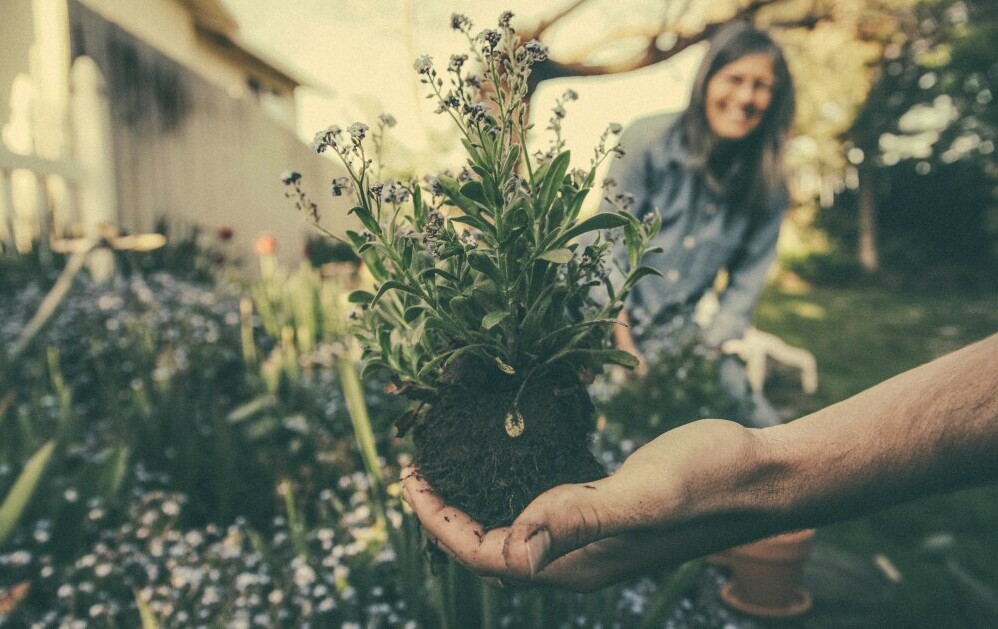
Things to Consider Before You Begin
Gardening may seem straightforward, but there are a few common hurdles that first time gardening tips address. One of the most common mistakes made by first time gardeners is overplanting and neglecting proper soil preparation. Overcrowding your garden can stunt growth and make it more susceptible to diseases. It’s important to remember that sometimes less is more. Allowing space for each plant to grow can result in a healthier garden overall.
It’s also vital to consider the specific environment in which you’re planting. For beginners, understanding the best soil for a beginner gardener is a great start. Loamy soil with balanced nutrients tends to be forgiving and adaptable, making it super friendly for both vegetables and flowering plants. Testing your soil and adding organic compost helps improve fertility and drainage, preventing common problems like root rot or waterlogging.
Other common issues include overwatering or under-watering, which are often connected to the unpredictability of weather changes. Monitoring moisture levels ensures that your plants receive just the right amount of water. Rain can sometimes provide an extra boost, but careful scheduling of watering times is useful when the weather is dry.
When choosing plants, it’s helpful to start with a garden that suits your climate zone. A small herb garden or a few seasonal vegetables might be the best option for a beginner. Container gardens, for example, are a great choice because they are adjustable and require less space. Over time, as your confidence increases, you can expand to more complex garden types.
Before getting into planting, consider local gardening advice for newcomers. Local garden centers and community programs often offer workshops and one-on-one classes which can be really helpful. Also, many gardening books and online resources focus on simple steps such as soil preparation, water management, and pest control. This solid foundation can help you avoid common pitfalls and enjoy a more satisfying gardening adventure.
Understanding Your Garden’s Environment
Every garden is unique because the environment plays a big role in its success. Light, water, and soil composition all interact to affect plant growth. Knowing what you have available lets you tailor your gardening approach. Poor sunlight or mismatched soil types can create problems that even the best tools cannot solve.
For most new gardeners, paying close attention to soil quality is fundamental. Soil type determines the nutrients available to your plants. The best soil for a beginner gardener often comes down to loamy soil—a mix of sand, silt, and clay—that’s rich in organic matter. Amending your soil with compost, peat, or manure can increase nutrients and improve drainage. A soil test kit available at garden centers helps you pinpoint deficiencies in your soil, ensuring you make the best choices for your plants.
Sunlight is another important factor. Plants need enough direct sunlight to thrive. Assess how much sun your garden gets during the day before planting. A sunny spot that receives at least six hours of sunlight per day is usually sufficient for most vegetables and flowering plants.
Climate and weather patterns also influence how you care for your garden. In regions prone to drought, choosing drought-resistant plants or setting up drip irrigation can conserve water while keeping your garden healthy. Meanwhile, cooler areas might require protective coverings or careful timing in planting to avoid frost damage.
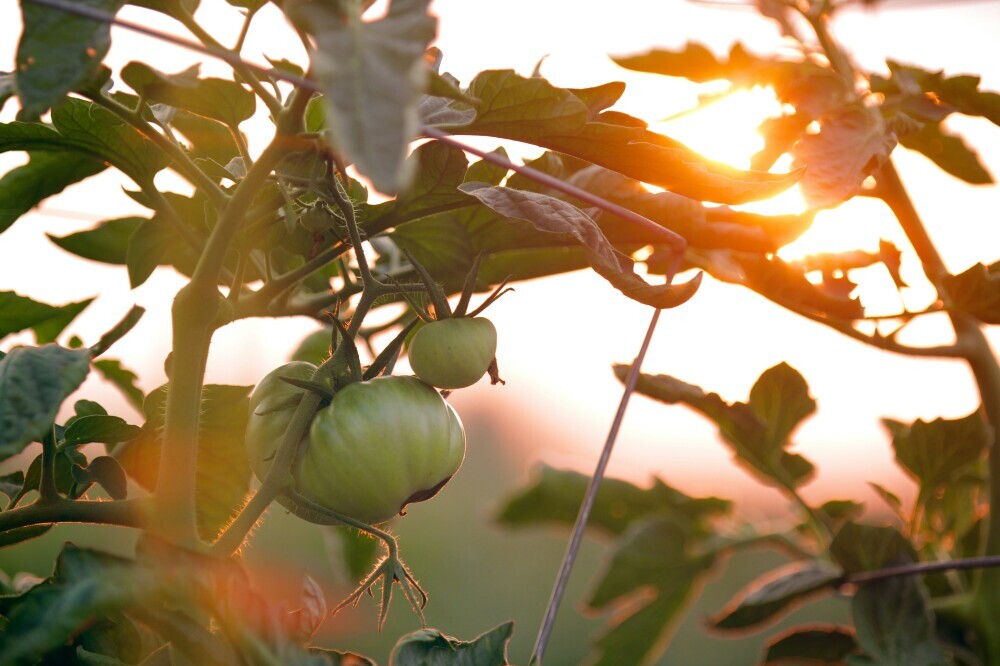
Advanced Gardening Tips and Tricks
Once you’re comfortable with the basics, moving beyond beginner gardening essentials offers a chance to experiment with advanced techniques. Advanced gardening tips for newcomers looking to start a garden for the first time include practices that refine your method and increase yield. Even small gardens benefit from a consistent schedule and a bit of trial and error.
Crop rotation is one tip to ensure your soil is not depleted by the same type of nutrients year after year. Rotating different plant families in your garden helps maintain soil health and minimize pests. For instance, following a cycle where a heavy feeder like tomatoes is succeeded by a plant that requires fewer nutrients can give your land a break.
Another trick involves mulching. Applying a layer of organic mulch like straw or wood chips helps maintain moisture and reduces weeds. Mulching can also improve soil fertility as it breaks down over time, creating a rich nutrient source for your plants. Organic fertilizers or compost teas also provide boost nutrients, creating a natural, balanced environment for plant growth.
Advanced gardening also means paying close attention to the timing of planting. Understanding your local frost dates and the best time to sow seeds allows you to maximize your garden’s potential. Germinating seeds under controlled humidity and temperature conditions before transplanting can lead to healthier plants.
You might also experiment with companion planting. This technique involves planting different crops near each other so they may benefit one another, whether through pest reduction or improved growth. For example, placing basil near tomatoes is a classic combination that can deter some pests while enhancing flavor.
These advanced practices build on the basics, allowing you not only to maintain a garden but also to optimize its performance over time. It’s all about taking gradual steps that build confidence and yield better results as your skills grow.
The Basics: Garden Types and What to Plant
For first time gardening guide enthusiasts, choosing the best garden type may depend on space and your long-term goals. Many beginners find that a container garden or a raised bed garden is an excellent start. These types of gardens provide controlled environments, making it easier to manage soil quality and water distribution.
If you’re wondering, “What is the best garden for a beginner?” a container garden might be the answer. With containers, you can experiment with various vegetables, herbs, or even small flowering plants, and adjust your approach as you learn what works in your specific setting. Raised beds are fantastic too, as they help improve drainage and reduce strain on your back when planting or weeding.
When it comes to choosing the right plants, starting small is a good strategy. Opt for plants that are known to be resilient and low maintenance. Herbs like mint and basil, salad greens, and tomatoes can be excellent choices. They not only grow well in moderate climates but also give you a tasty reward for your efforts. Over time, as you become more comfortable, you can experiment with other flowering or vegetable varieties.
Deciding what to plant is also linked to understanding your garden’s specific conditions, such as sunlight exposure and soil fertility. While many gardening tips for newcomers suggest planting in rows, another practical tip is to garden in a spiral or use an elevated planter system if space is limited. A variety of techniques ensure that your garden thrives by matching plant needs with environmental conditions.
In addition to vegetables and herbs, consider planting flowers that attract beneficial insects. Many gardeners find that bright, colorful blooms help keep pests away. Experimenting with both edible and ornamental plants creates a well-rounded garden that is both practical and visually appealing.
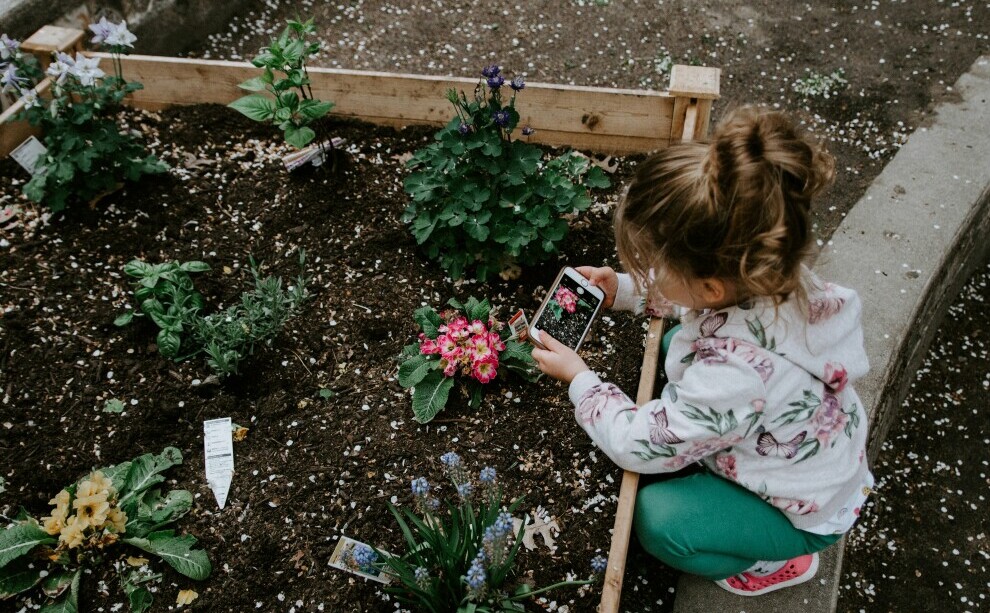
Frequently Asked Questions
Here are some answers to common queries new gardeners might ask about first time gardening tips and beginner gardening essentials:
Question: What should I do first in my garden?
Answer: The very first step is to assess your garden space. Prepare the soil by testing its pH and nutrient content, then add compost and organic matter. Plan your layout to maximize sunlight and space the plants appropriately. This early planning sets a solid foundation for successful gardening.
Question: What is the most common mistake of first time gardeners?
Answer: A common mistake is overplanting and neglecting proper soil preparation. New gardeners sometimes plant too many species in one area, leading to overcrowding and competition for nutrients. Focusing on one or two types of plants at a time and paying close attention to watering needs can help avoid this pitfall.
Question: What is the best garden for a beginner?
Answer: The best garden for a beginner is usually a container garden or a raised bed. These garden styles offer easier control over soil quality, watering, and plant spacing. They allow you to start small and expand as you grow more confident in your gardening skills.
Question: What is the best soil for a beginner gardener?
Answer: Most beginners find that loamy soil enriched with organic matter, such as compost, works best. This type of soil gives plants balanced nutrition and good drainage. It is forgiving and easy to manage, making it an excellent choice for starting your garden.
Adapting to Change: Weather and Seasonal Care
Gardening isn’t just a static hobby; it’s an adventure that adjusts continuously to nature’s unpredictable moods. As seasons switch up and weather patterns mix things up, keeping an eye out for changes is really important. Monitoring local forecasts and tracking down seasonal trends can help you make the most of your gardening game plan.
In the spring, when the earth wakes up from its winter nap, it’s time to prepare your garden beds in earnest. Fresh soil, replenished with organic compost, offers a prime environment for seeds to sprout. During this time, consider planting cool-weather crops and setting up structures like protective covers that can guard your tender seedlings from unexpected frosts.
During the warmer months, managing moisture becomes a central concern. Setting up an efficient irrigation system, whether it’s drip irrigation or a simple soaker hose, helps keep your garden hydrated without overwatering. Mulching plays a big role here too; it not only retains moisture but also helps regulate soil temperature during relentless summer heat.
As fall arrives, there is an opportunity to pump up your garden routine further. Removing spent plants and preparing soil with fresh nutrients sets the stage for winter care. Planting cover crops can protect the soil, reduce erosion, and add organic matter once they decompose. This seasonal cleanup and reset is truly important for maintaining long-term soil health.
In winter, while many garden activities slow down, it’s the perfect time to plan and dream up next season’s layout. Use this downtime to review what worked well and what could be improved. Local gardening groups or online communities can be great resources to check in with, offering advice and sharing experiences that help you stay sharp as the gardening adventure continues.

Wrapping Up Your Gardening Adventure
Gardening for the First Time: What You Need To Know covers a wide range of topics that ease your entry into gardening. From securing the essential tools to planning your garden layout and dealing with common mistakes, each step builds on the last. Whether you’re following a step-by-step guide or experimenting with advanced gardening tips, being patient and keeping a learning mindset is key.
The adventure from preparing your first seedbed to seeing your plants mature is incredibly rewarding. Every gardener starts somewhere, and embracing the process with the right tools, a well-thought-out plan, and a touch of creativity will help you cultivate a beautiful, thriving garden.
Remember, your garden is a living space that evolves with each season. It’s important to reflect on what works best for your specific environment and adjust your methods accordingly. With some planning and practice, you’ll soon find that gardening can be a fulfilling hobby that not only beautifies your surroundings but also offers stress relief and a sense of accomplishment.
Take your time to observe your garden’s progress and be prepared to learn as you go. Every plant, from the smallest herb to the tallest flower, teaches you something new about nature. So gather your beginner gardening essentials, apply these first time gardening tips, and soon you’ll have a garden that not only looks great but also produces fresh herbs, vegetables, and vibrant blooms year after year.
Your gardening adventure is just beginning, and there’s a whole world of growth, care, and discovery ahead. Enjoy the process, and before you know it, your garden will be one of the best parts of your home.
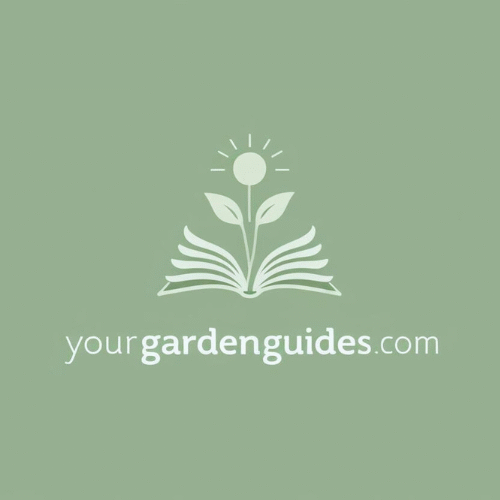

Hi Iris,
I just read your amazing article about gardening for beginners, and I have to say, it has me so excited to start my garden! You provide clear, practical advice that makes the whole process less intimidating for a newbie like me.
One of my favourite tips was to start small with a container garden or raised bed. I love the idea of having more control while I’m learning the ropes. And focusing on resilient, low-maintenance plants like herbs, greens, and tomatoes is genius – tasty rewards are great motivation to keep at it!
The seasonal care section was eye-opening, too. I hadn’t considered how my approach should change throughout the year to set my garden up for success. Things like preparing beds in spring, managing irrigation in summer, and planting cover crops in fall, it’s a year-round labor of love.
Most of all, I’m inspired by your emphasis on embracing the learning process and connecting with the plants. Gardening is a journey, not an instant gratification thing. There will be hits and misses, but that’s part of developing a green thumb.
I’m definitely saving this article as my gardening bible. It gave me the knowledge and confidence boost I needed to believe I can actually do this! I can already picture my dream garden taking shape.
Thanks for sharing this fantastic resource. It’s time to get my hands dirty and embark on my own gardening adventure! Let me know if you want to geek out about our gardens together sometime.
Happy planting!
Eric
Hi Eric,
Thank you so much for your wonderful message — you really made my day! I’m thrilled to hear that the article resonated with you and sparked so much excitement for starting your garden. It sounds like you’re already approaching this new adventure with the perfect mindset: thoughtful, enthusiastic, and open to learning along the way.
Starting small with containers or a raised bed is such a smart strategy, and you’re right, those early harvests of herbs, greens, and tomatoes can be incredibly rewarding and motivating. I’m glad the seasonal care tips clicked with you, too. Paying attention to the rhythms of the year really deepens your connection with the garden and makes the whole experience even more fulfilling.
Gardening is a journey, not a race. The occasional setback is just part of the learning curve, and each season will teach you something new. Before you know it, you’ll have your own rich, thriving garden to enjoy!
I would really love to hear more about your gardening adventures as you get started. Feel free to reach out anytime to swap stories or ask questions. Happy planting, and may your garden dreams soon become a beautiful reality!
Warmly,
Your Garden Guides
Another great article, and some very important information for those wanting to start gardening. Everyone seems to think that it’s as easy as just throwing some seed in some dirt and wishing them luck. It takes a lot more work than just that. Thanks for providing the fundamental information from equipment to soil care. And another important point made was the amount of sunlight. Some forget that plants need light, and a garden area that is too shaded will not produce very well.
Thank you for your kind words and for highlighting such important points! You’re absolutely right, successful gardening takes planning, preparation, and consistent care, far beyond just planting seeds. Paying attention to fundamentals like soil health, the right tools, and proper sunlight makes all the difference in creating a thriving garden. I’m glad the article resonated with you, and I appreciate you sharing your insight with other readers. Wishing you continued success with your gardening endeavors, and don’t hesitate to reach out to me if needed.
Your Garden Guides